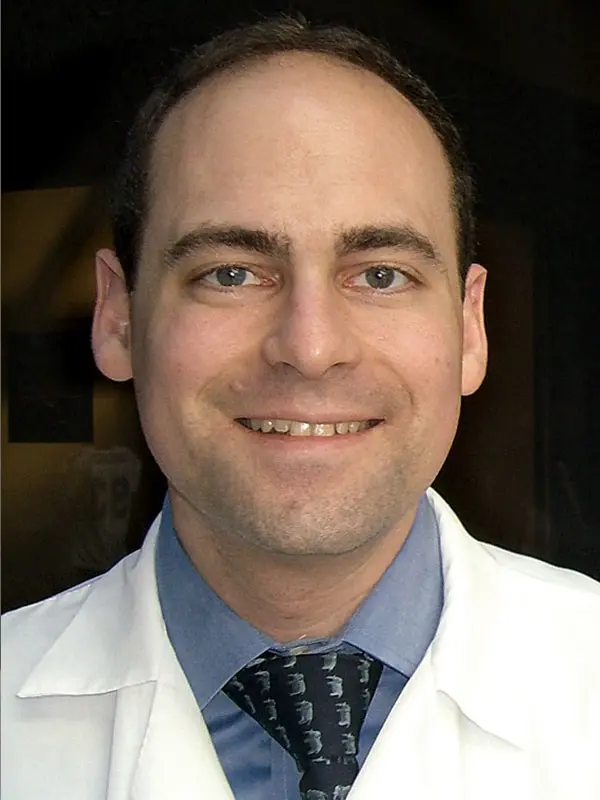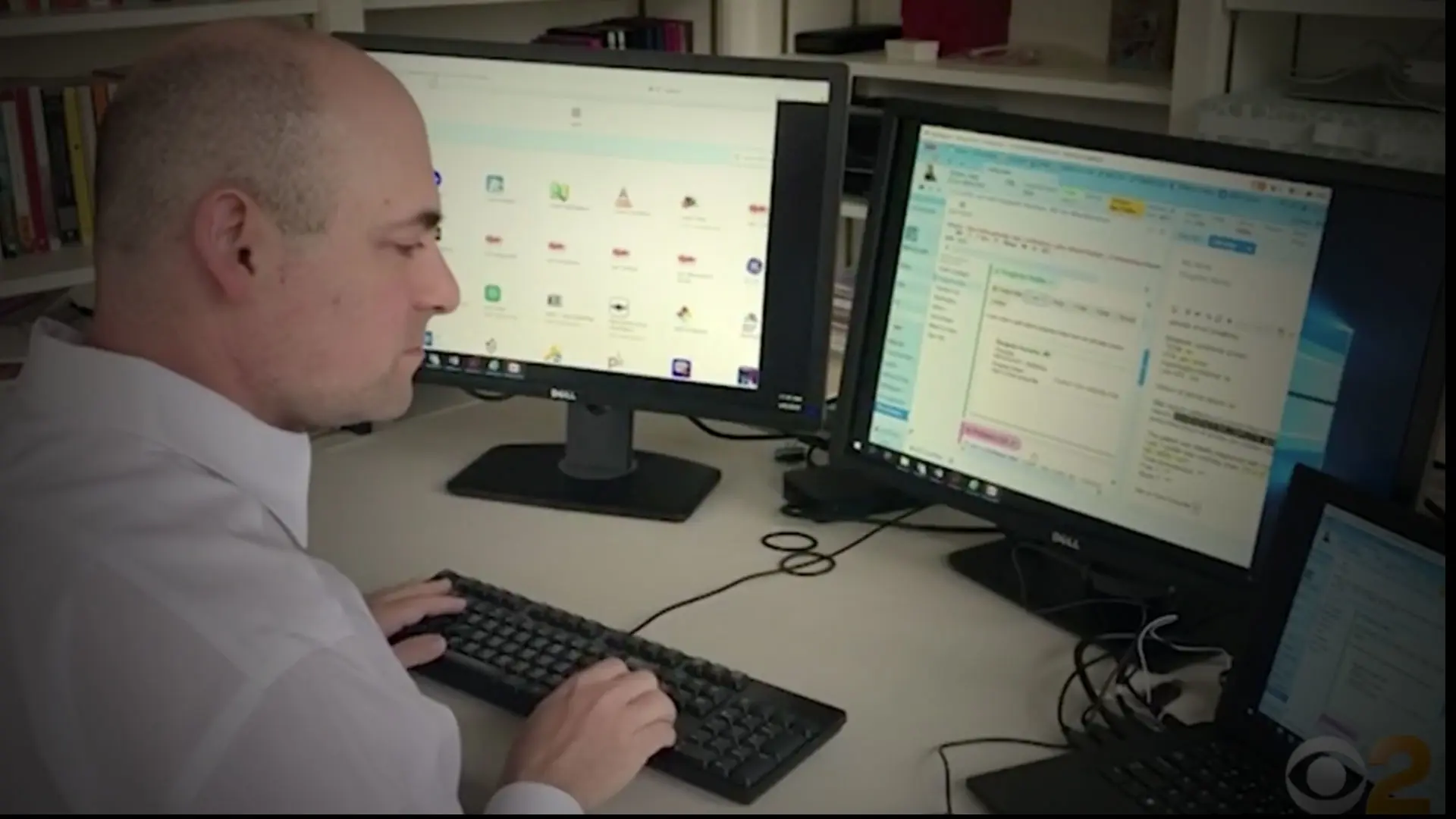One set of numbers tells the story of the rise in telehealth during the COVID-19 pandemic: “At Mount Sinai, we went in mid-March 2020 from less than 100 video telehealth visits per day to more than 2,000 visits per day—in a matter of 10 days,” says Ronald Tamler, MD, Professor of Medicine (Endocrinology, Diabetes and Bone Disease), and Director of Digital Health Implementation, Mount Sinai Health System.
Dr. Tamler expects that telehealth, which encompasses a variety of tools and platforms for remote care, will become a permanent and highly effective fixture in American health care. While telemedicine focuses on care delivery using audio-visual equipment, such as video visits, telehealth is a broad term that includes any kind of health care delivered at a distance using technology. During the pandemic, an increasing number of patients and providers have become accustomed to the safety and convenience of telehealth. “This is a genie that can’t be put back into the bottle,” he says.
Dr. Tamler has overseen digital health at Mount Sinai since 2018 and was initially focused on developing its potential in the Department of Medicine. Endocrinology in particular was an early adopter of telemedicine. “For the last three years we have had a program for continuous glucose monitoring devices that we query remotely, and we were providing feedback to patients using video visits,” Dr. Tamler says. In-person contact is required, of course, for certain interactions like feeling a thyroid nodule, or for procedures such as thyroid biopsies. “But there are many things in the fairly cerebral world of endocrinology that lend themselves to remote visits, especially management of chronic conditions. Another example is group sessions by Zoom, which we are now doing for diabetes classes.”
Since the pandemic began, Dr. Tamler has trained more than 1,000 physicians in telehealth, conducting more than 20 Grand Rounds and developing a detailed checklist of best practices in billing, coding, and clinical protocols.
“If you are a good doctor in person, chances are you will also be a good doctor by video,” he says. “But you do have to keep a few things in mind that are different.”
For example, he says, a good physician in “real life” will maintain eye contact. In a video visit, they must train themselves to maintain “camera contact,” which looks like a comforting, direct gaze to the patient. When the provider must take notes or look up information, narration is key. “When you look away from the camera, patients will feel that you are leaving them behind, and are not interested in them,” Dr. Tamler says. “So it’s important to narrate, saying things like ‘I am looking up your labs’ or ‘I’m going to write down what you just told me.’”
His checklist also provides a list of pitfalls to avoid:
Make sure the patient knows what to expect and has whatever technology platform you are using downloaded on their device ahead of time.
Send a reminder with instructions ahead of the visit, if you have access to a portal system or a text messaging system.
Advise your patient to update their phone or tablet operating system to the latest available version.
Make sure your patient is in a private area with good reception, ideally Wi-Fi. “I understand that everyone is on the go, but it’s not ideal to have an evaluation for male hypogonadism while you are driving a car, riding the subway, or walking around Union Square—these scenarios have all occurred in my video practice,” explained Dr. Tamler.
Keep your location free of clutter, especially behind you, and make sure you have acoustic privacy.
Have a plan for technical disruptions: Ensure you have a working cellphone number on hand for the patient. And be proactive: Call if the patient has not checked in within two minutes of their appointment time.
Video visits must meet the same documentation standards as in-person encounters. However, providers must document that the visit occurred via telemedicine; the physical location of the patient; the physical location of the provider; and the names of all people participating in the telemedicine service (such as family members) and their role in the encounter.
Location is important because of the current state of regulations on telehealth. "The provider can be in any state, but the issue is 'where is the patient?'" Dr. Tamler says. Before the pandemic, the video-visit patient needed to be located in a state in which the provider was fully licensed to practice. However, because of the national COVID-19 emergency, many states have temporarily relaxed their licensing requirements. For instance, in March 2020, the governor of New Jersey temporarily waived licensing restrictions for follow-up visits, allowing New York physicians to see their New Jersey patients via video.
Many of these emergency waivers are set to be discontinued after the pandemic, but many Mount Sinai physicians have prepared for that time by applying for full licenses in states across the country. Dr. Tamler thinks that almost all his endocrinology colleagues have obtained a Florida telehealth license to follow their “snowbirds.”
Meanwhile, other aspects of telehealth are well-established and growing, such as remote patient monitoring and e-Consults, a “curbside consult” between doctors of different specialties. A primary care provider who sees, for example, an unusual thyroid test result, can send an e-Consult request through the electronic medical record to an endocrinologist, who might recommend further action, such as additional tests or a referral. According to Dr. Tamler, Mount Sinai’s endocrinologists are able to resolve the issue at hand without a visit about 70 percent of the time.
Another telehealth modality that Mount Sinai is championing allows patients recently discharged with COVID-19 or others with chronic conditions to communicate with the health system on a text-to-chat platform, which can escalate their care based on acuity.
Telehealth in all its permutations is likely here to stay, Dr. Tamler says. “During the height of the pandemic, there was a very immediate reason why it was important—we had to provide patient care while keeping ourselves and our patients safe,” he says. “But beyond the pandemic, having the technology to project ourselves everywhere and anywhere provides us the ability to meet the patient where he or she is. And that’s really what matters.”
Question of the Year:
What was the most significant development in your field in 2020?
The most important development in the last year is the broad acceptance of telehealth—the fact that it went from being a niche system of health care delivery to being the way of doing business for most people in my specialty.
- Ronald Tamler, MD
Featured

Ronald Tamler, MD, PhD
Professor of Medicine (Endocrinology, Diabetes and Bone Disease), and Director of Digital Health Implementation, Mount Sinai Health System
